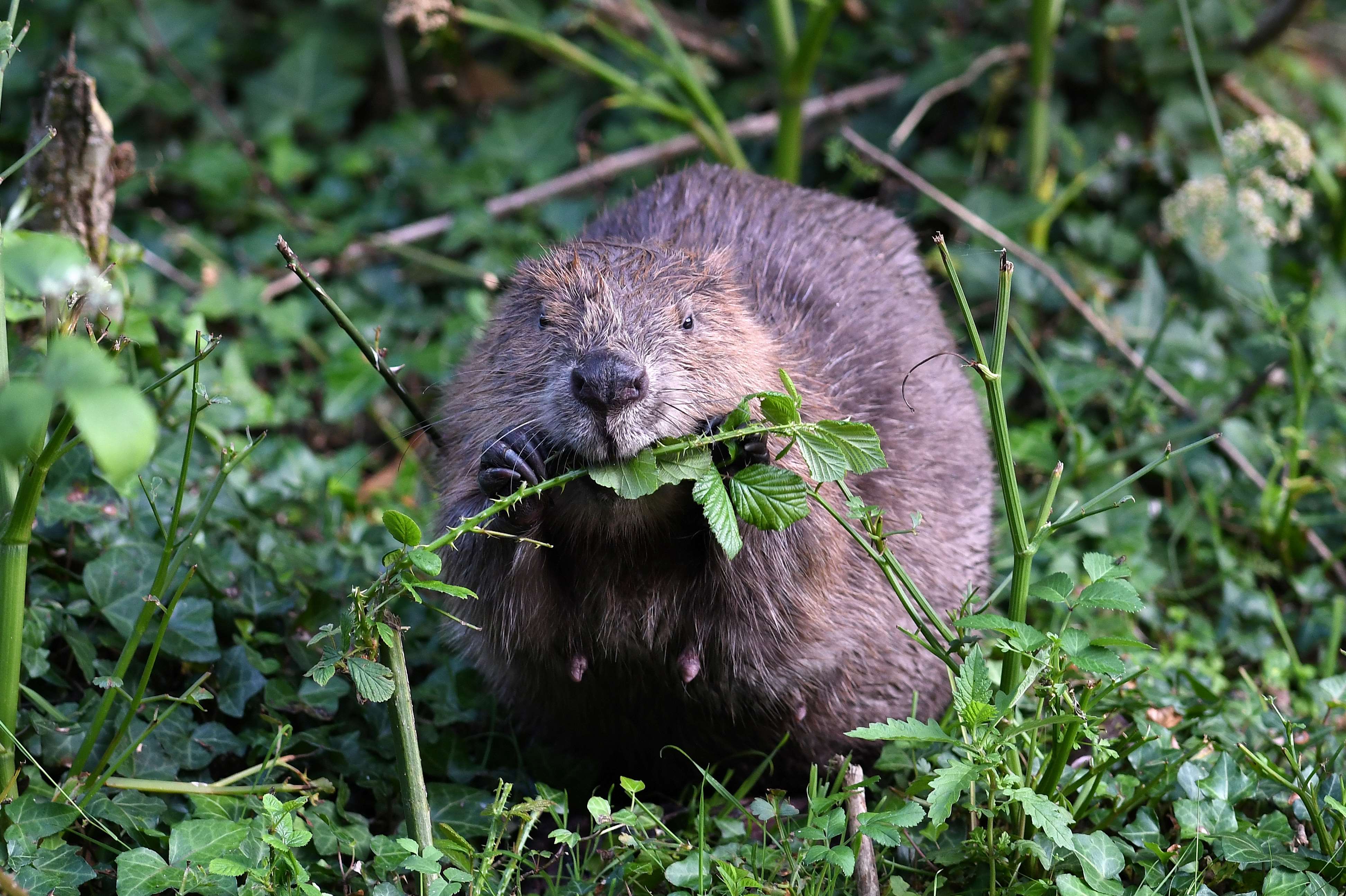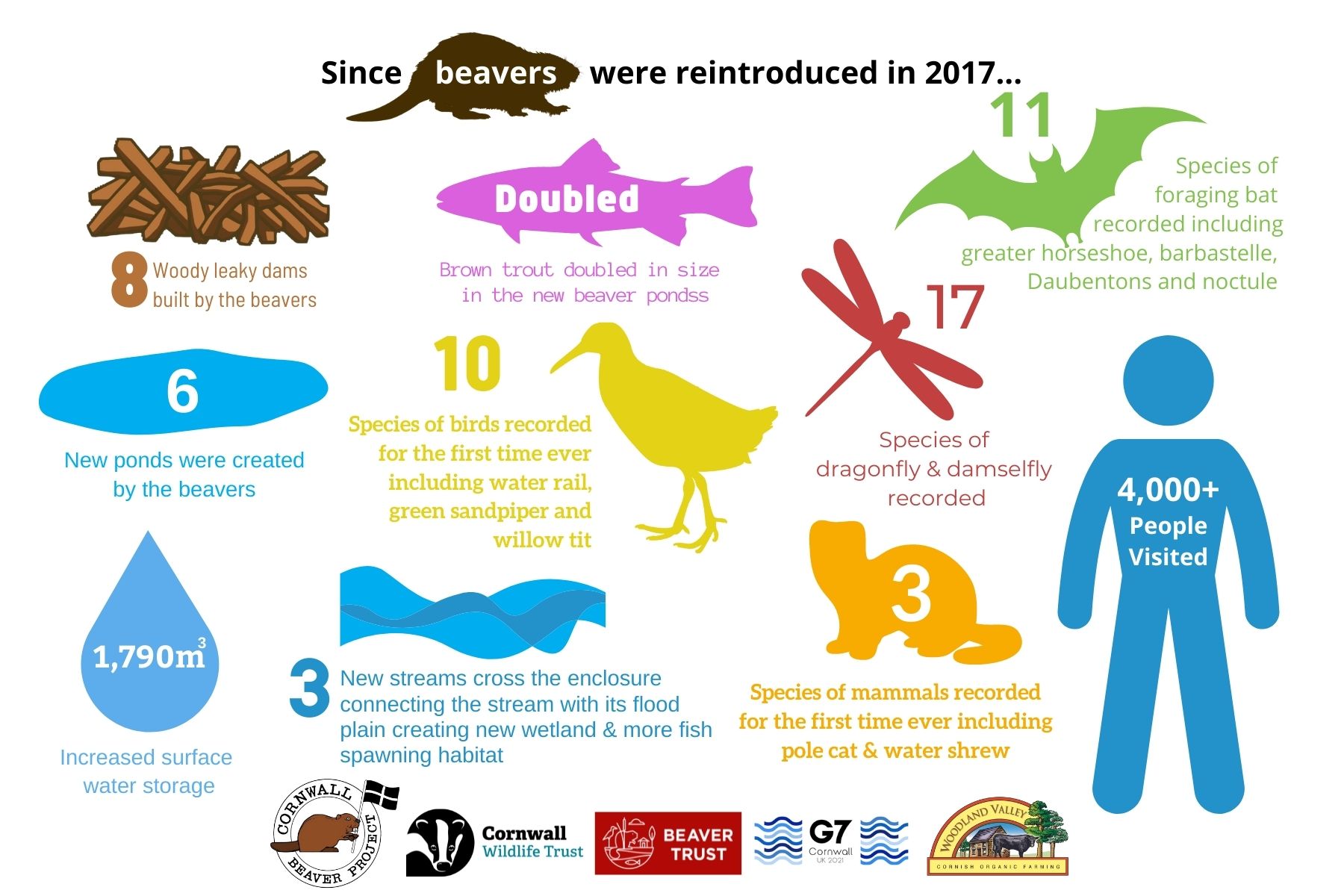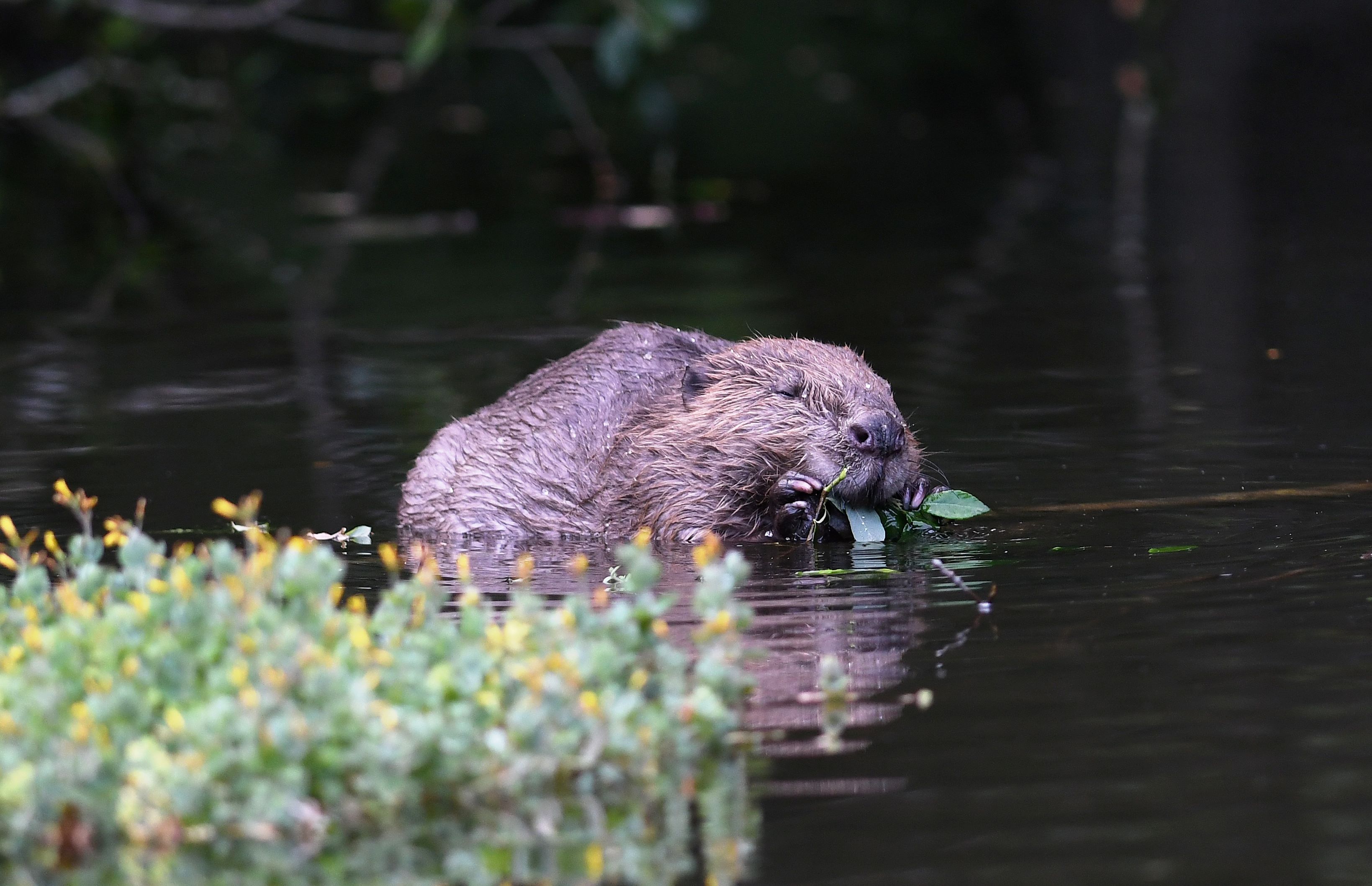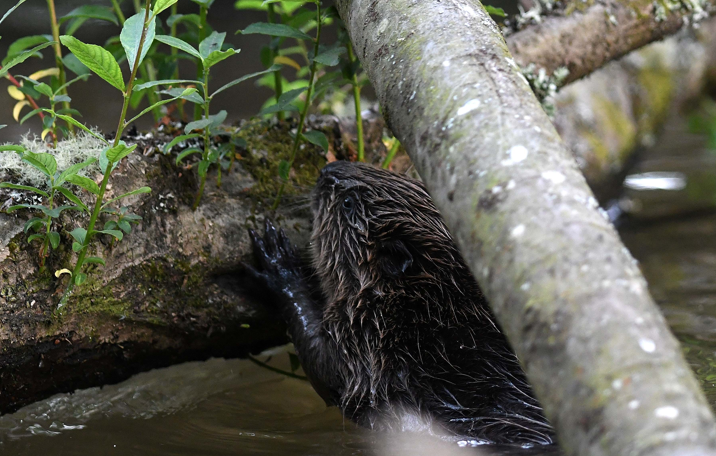The Cornwall Wildlife Trust is planning to finish their license application to release beavers into the wild this year.
This would be Cornwall’s first wild beaver release.
They have spent the past two years conducting research on the suitability of the release sites and local communities.
They hope to collect feedback from local residents and stakeholders.
However, the government could block their plans before they even finish their application.
How are beavers making a comeback?
Beavers were hunted to extinction for their fur, meat, and scent glands in the 16th century.
Over the past 24 years, they have been making a return to the UK.
This has been through rewilding projects that praise them for their environmental impacts.
In 2017, Woodland Valley Farm was the first location to release beavers within an enclosure in Cornwall.
This was in co-operation with the Cornwall Beaver Project, the Cornwall Wildlife Trust, and the Beaver Trust.
Chris Jones is a co-founder of the Beaver Trust and owns Woodland Valley Farm.
The farm is located upstream of Ladock, a village that’s regularly affected by flooding.
Why are beavers important?
“Beavers are beneficial for biodiversity, flood resilience, and carbon capture”, says James Webb, a spokesperson for the Cornwall Wildlife Trust.
“The release at Woodland Valley Farm has been an enormous success”.
The University of Exeter has been working with the farm to monitor and evaluate the impact of the beavers.
Over the past eight years, they’ve seen water quality improve and flood resilience increase.
Beaver dams, made from twigs and branches from nearby trees, restrict the flow of water.
This prevents heavy rainfall overflowing and bursting the banks of the water source.
An improvement of flood resilience reduces the chances of flash floods that disturbs wildlife and humans.
Dams also improve water quality by filtering out sediment which makes the water clearer.
“They even do the work of the water companies by stopping many pollutants getting into the water system”, says Jones.
In 2021, the government planned to invest £5.2 billion over six years on flood defences to reduce the national flood risk by up to 11 percent.
Research from the University of Exeter proves that releasing beavers into the wild has the possibility be an important natural flood management tool.
“Beavers have been found to have a positive impact on flooding, if they’re in the right places. Studies have shown that they can also hold more water in times of drought”, says the Cornwall Wildlife Trust’s Beaver Officer, Lauren Jasper.
Why should beavers be released into the wild?
Keeping beavers in enclosed sites will not be a sustainable long term option.
The beavers at Woodland Valley don’t have the opportunity to mate with new beavers or create new territories somewhere else.
This limits the gene pool and decreases genetic diversity.
Genetic diversity is important for reducing inbreeding, disease resistance, and allowing the beavers to adapt to any environmental changes.
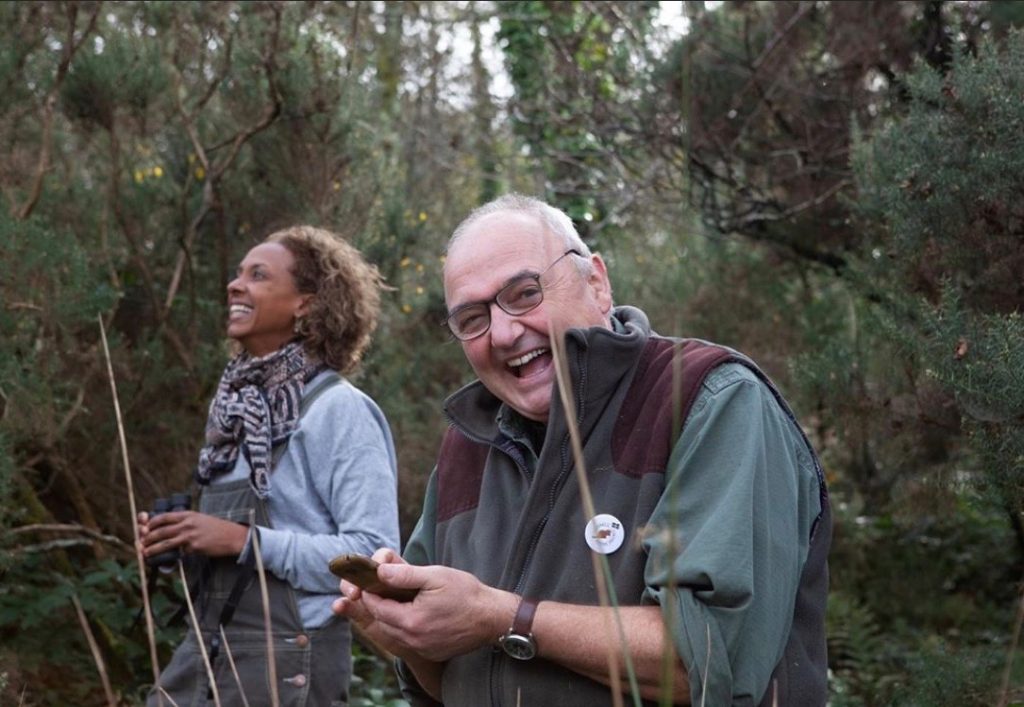
Woodland Valley offers guided tours around the Farm. Chris Jones is pictured here © Woodland Valley Farm
Why is the wild release taking such a long time?
A LR03 or A03 license is required to release beavers into secure enclosures.
After a successful reintroduction project in Devon, beavers were classed as a native species by the government in 2022.
The change in status prompted public demand for beavers to be fully released into the wild.
This means the Cornwall Wildlife Trust must apply for a different licence and have it reviewed and approved by Natural England.
It is unclear where the government stands with the wild release licenses.
The previous Prime Minister, Boris Johnson, seemed in favour of the wild release of beavers.
In 2021, he used the slogan ‘build back beaver’ in this conference speech.
However, Alastair Driver, director of Rewilding Britain, said in a Politics Home article that punchlines like that “can undermine the fact this is a serious option for the countryside, it’s not a joke.”
Driver says he is glad that beaver reintroduction is “on the political agenda” but warns that “it should not be treated flippantly”.
The government stated that species reintroduction was “not a priority” for them in response to a reintroduction report by EFRA in 2023.
The Beaver Officer says, ”It’s disappointing. We’re still making progress on our application but we’re having to wait for the government to start reviewing it. Once they do, we can then submit our application for Natural England to approve.”
How is the Wildlife Trust preparing for the license application?
Despite the third party illegal release of a beaver at the Helman Tor Nature Reserve, the charity have been continuing to work on their wild release license application.
There is a plan to release wild beavers in the Par and Fowey catchment area and the Helman Tor Nature Reserve.
The charity’s preparation includes gathering data on the chosen catchment area and engaging with the public through site visits to get feedback from the public.
Public consultations have been their main focus over the past month.
They have been running drop-in sessions that provide an opportunity for the public to learn about beavers and their place in our world.
Natural England, the Beaver Trust, and the Environment Agency attend these events to give in depth 1-1 discussions about the project.
The charity have learnt that landowners have concerns over personal support from the government and the locations of beaver dams if they’re built in inconvenient places.
“A lot of people don’t know how the government can support them having beavers on their land because it’s not currently very clear what money they’ll receive for putting land aside for beavers and how farmers could be supported”, says the Beaver Officer.
The Trust have also received a lot of positive feedback and the public seem to be keen to live alongside beavers.
“People in the local area think it’s going to be really good for nature and they’re just really excited to go and see this species back in the environment.”
What are the next steps?
The Cornwall Wildlife Trust plan to send their application to Natural England sometime this year but they are still waiting for confirmation from the government.
In the meantime, they are focusing on their community engagement and research.
The Beaver Officer says, “the work doesn’t stop here. If we get the license, we’re going to commit to 10 years’ worth of management support, helping people through education and answering questions. This is only the start of our process.”
